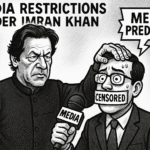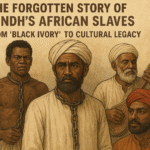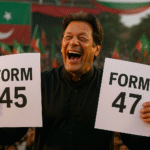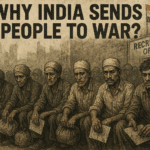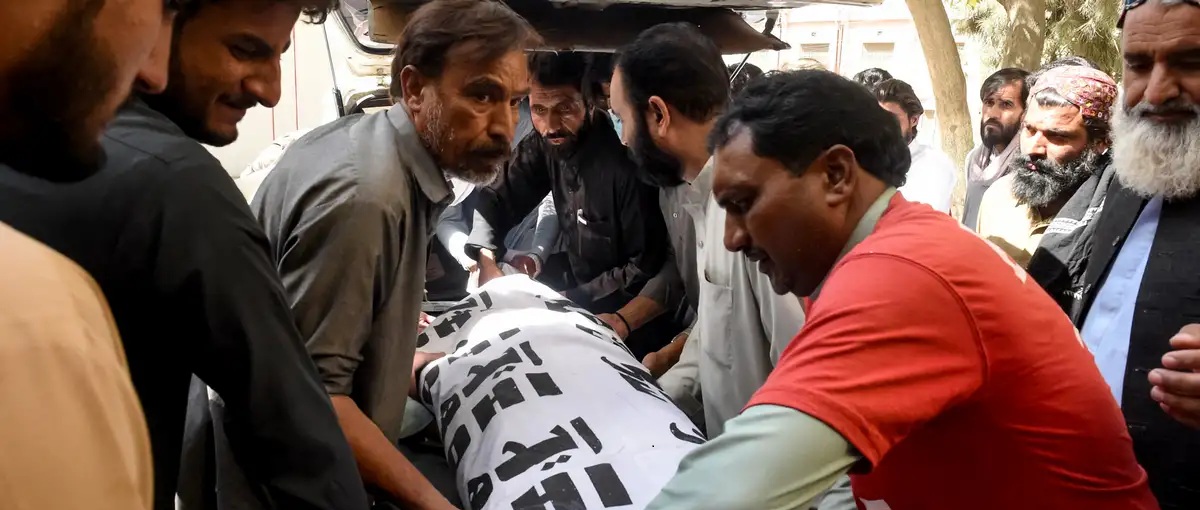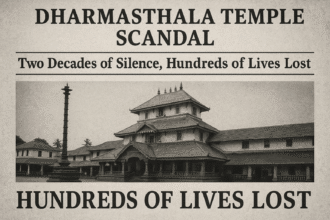India’s First Terrorist Group: Unveiling
The Assassination of Mahatma Gandhi
On January 30, 1948, the world witnessed the tragic assassination of Mahatma Gandhi, India’s revered leader of nonviolence and independence. His killer, Nathuram Godse, was not a lone extremist but part of a calculated conspiracy rooted in ideological extremism. This article delves into the events, motives, and aftermath of one of history’s most consequential crimes.
Early Life of Nathuram Godse: A Troubled Beginning
Born in 1910, Nathuram Godse’s childhood was marked by superstition. After the deaths of his elder brothers, his parents raised him as a girl, piercing his nose for a nath (nose ring) and dressing him in female attire—a practice believed to ward off a family “curse.” Despite this, Godse grew into a disaffected youth, dropping out of school and gravitating toward radical ideologies. His encounter with Vinayak Damodar Savarkar, a Hindu nationalist leader, in 1929 proved pivotal. Savarkar’s influence shaped Godse’s worldview, steering him toward organizations like the RSS and Hindu Mahasabha, which advocated for a Hindu-centric India.
Radicalization and the Path to Violence
By the 1940s, Godse had become a vocal critic of Gandhi. Alongside accomplice Narayan Apte, he founded the Hindu Rashtra Dal and the newspaper Agrani (later Hindu Rashtra), which spewed anti-Gandhi rhetoric. The duo blamed Gandhi for India’s partition and accused him of appeasing Muslims, reflecting the Hindu Mahasabha’s opposition to Gandhi’s secular vision. Godse’s hatred escalated into violence: In 1944, he attempted to stab Gandhi during a protest, only to be thwarted by bystanders.
The Conspiracy: A Year-Long Plot
The final assassination plot unfolded over a year, involving a network of radicals:
- Savarkar: The ideological mentor, whose directive to “return victorious” during a secret meeting galvanized the conspirators.
- Narayan Apte: Mastermind of logistics, who sourced weapons and recruited accomplices.
- Vishnu Karkare: A bomb-maker who enlisted refugee Madanlal Pahwa for a diversionary explosion.
- Digambar Badge: A arms dealer who provided revolvers and grenades.
Their initial plan—a bomb blast followed by a shooting—failed on January 20, 1948, when Pahwa was arrested and Badge backed out. Undeterred, Godse took matters into his own hands.
The Assassination: January 30, 1948
On the day of his murder, Gandhi, frail at 78, was late to a prayer meeting. As he walked with his grandnieces, Godse approached, feigning reverence. Pushing past bystanders, he fired three bullets at point-blank range. Gandhi’s last words—“He Ram!” (Oh God!)—echoed his lifelong spirituality. The nation plunged into grief; Prime Minister Nehru lamented, “The light has gone out of our lives.”
Aftermath: Public Outcry and Trial
The assassination backfired spectacularly. Public fury targeted Hindu nationalist groups: RSS and Hindu Mahasabha offices were ransacked, and their leaders disowned Godse to avoid backlash. Despite attempts to frame Gandhi’s death as a protest against partition, evidence revealed the murder was premeditated.
At trial, Godse cited three motives:
- Blaming Gandhi for partition (though Gandhi opposed it until his last days).
- Accusing Gandhi of prioritizing Pakistan’s financial claims (a false claim).
- Labeling Gandhi “anti-Hindu” for promoting religious harmony.
Savarkar escaped conviction due to insufficient evidence, but Godse and Apte were sentenced to death. Six others received life terms.
Ideological Conflict: Tolerance vs. Extremism
The trial exposed a deeper clash: Gandhi’s vision of inclusive, caste-free India versus Godse’s extremist Hindutva ideology. As historian Dhirendra Jha notes, Godse sought to preserve Brahminical hierarchy and suppress minorities—a stark contrast to Gandhi’s egalitarian principles.
Legacy: Gandhi’s Triumph in Death
Paradoxically, Gandhi’s murder amplified his legacy. His message of peace endured, while his killers faced infamy. Even Godse, in his final days, expressed regret. Albert Einstein’s tribute—questioning if future generations would believe such a man existed—underscored Gandhi’s global reverence.
Nathuram Godse’s act of violence sought to silence Gandhi but instead immortalized him. The assassination remains a cautionary tale of how extremism, when confronted with unwavering humanity, often defeats itself. Gandhi’s ideals of unity and nonviolence continue to inspire, proving that light persists even in darkness.






